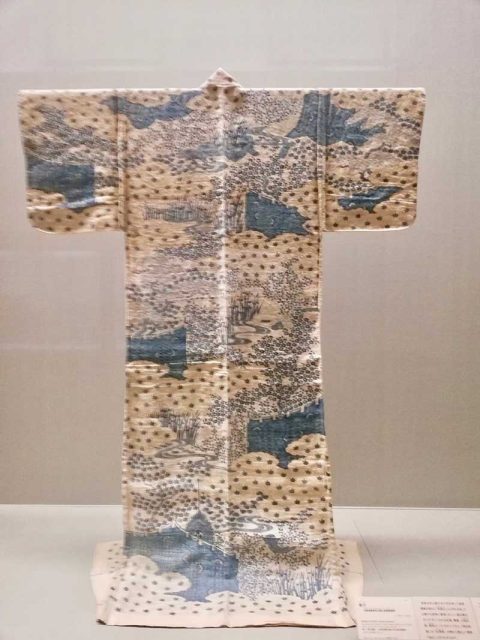The Tokyo National Museum is an art museum located in Ueno Park in the Taitō ward of Tokyo, Japan. It is one of the four museums operated by the National Institutes for Cultural Heritage, and it is considered the oldest national museum in Japan, is the largest art museum in Japan, and is one of the largest art museums in the world.
The Museum receives more than 2.2 Million of visitors and offers more than 110,000 Cultural Properties, including 89 National Treasures of Japan, 319 Horyuji Treasures, and 644 Important Cultural Properties.


The museum collects, preserves, and displays a comprehensive collection of artwork and cultural objects from Asia, with a focus on ancient and medieval Japanese art and Asian art along the Silk Road. There is also a large collection of Greco-Buddhist art.

The facilities consist of the Honkan, holding the Japanese Gallery; the Heiseikan and Hyokeikan, holding special exhibitions; the Toyokan, holding the Asian Gallery; the Gallery of Horyuji Treasures, holding important relics originally preserved at Nara’s Horyu Temple; the Kuroda Memorial Hall, holding a collection of works by Kuroda Seiki; and the Research and Information Center. There are restaurants and shops within the museum’s premises, as well as outdoor exhibitions (including the Kuromon) and a garden where visitors can enjoy seasonal views.


The Museum stores Japanese cultural properties of modern art, archaeology and ethnology, and cultural properties donated by the imperial family to the state, but many of them owned by the state are stored more in the three National Museum of Modern Art, the National Museum of Japanese History and the Museum of the Imperial Collections.





Katsushika Hokusai, known better as Hokusai, was born in Edo, present-day Tokyo, in 1760. He was a Japanese painter and engraver of the Ukiyo-e school, from the Edo period, and is considered one of the great painters and engravers of his country. He is one of the leading artists of this school known as «paintings of the floating world» or «Ukiyo-e». His made different series of the landscape genre, and thanks to this we can know nowadays how the Edo era was, and how the city looked like during this period.








